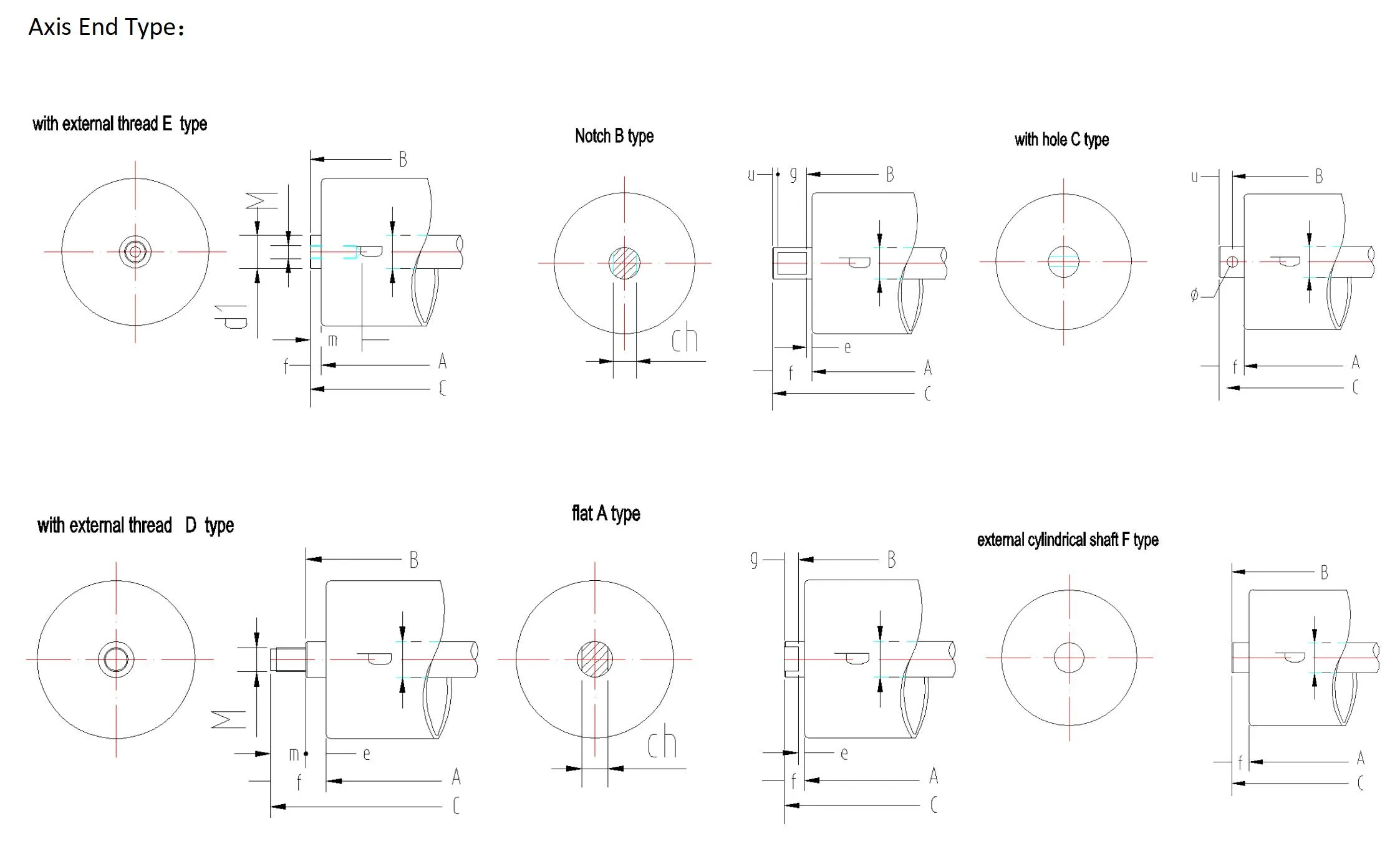 Afrikaans
Afrikaans  Albanian
Albanian  Amharic
Amharic  Arabic
Arabic  Armenian
Armenian  Azerbaijani
Azerbaijani  Basque
Basque  Belarusian
Belarusian  Bengali
Bengali  Bosnian
Bosnian  Bulgarian
Bulgarian  Catalan
Catalan  Cebuano
Cebuano  Corsican
Corsican  Croatian
Croatian  Czech
Czech  Danish
Danish  Dutch
Dutch  English
English  Esperanto
Esperanto  Estonian
Estonian  Finnish
Finnish  French
French  Frisian
Frisian  Galician
Galician  Georgian
Georgian  German
German  Greek
Greek  Gujarati
Gujarati  Haitian Creole
Haitian Creole  hausa
hausa  hawaiian
hawaiian  Hebrew
Hebrew  Hindi
Hindi  Miao
Miao  Hungarian
Hungarian  Icelandic
Icelandic  igbo
igbo  Indonesian
Indonesian  irish
irish  Italian
Italian  Japanese
Japanese  Javanese
Javanese  Kannada
Kannada  kazakh
kazakh  Khmer
Khmer  Rwandese
Rwandese  Korean
Korean  Kurdish
Kurdish  Kyrgyz
Kyrgyz  Lao
Lao  Latin
Latin  Latvian
Latvian  Lithuanian
Lithuanian  Luxembourgish
Luxembourgish  Macedonian
Macedonian  Malgashi
Malgashi  Malay
Malay  Malayalam
Malayalam  Maltese
Maltese  Maori
Maori  Marathi
Marathi  Mongolian
Mongolian  Myanmar
Myanmar  Nepali
Nepali  Norwegian
Norwegian  Norwegian
Norwegian  Occitan
Occitan  Pashto
Pashto  Persian
Persian  Polish
Polish  Portuguese
Portuguese  Punjabi
Punjabi  Romanian
Romanian  Russian
Russian  Samoan
Samoan  Scottish Gaelic
Scottish Gaelic  Serbian
Serbian  Sesotho
Sesotho  Shona
Shona  Sindhi
Sindhi  Sinhala
Sinhala  Slovak
Slovak  Slovenian
Slovenian  Somali
Somali  Spanish
Spanish  Sundanese
Sundanese  Swahili
Swahili  Swedish
Swedish  Tagalog
Tagalog  Tajik
Tajik  Tamil
Tamil  Tatar
Tatar  Telugu
Telugu  Thai
Thai  Turkish
Turkish  Turkmen
Turkmen  Ukrainian
Ukrainian  Urdu
Urdu  Uighur
Uighur  Uzbek
Uzbek  Vietnamese
Vietnamese  Welsh
Welsh  Bantu
Bantu  Yiddish
Yiddish  Yoruba
Yoruba  Zulu
Zulu Different Types of Conveyor Rollers | Comprehensive Guide
Different Types of Conveyor Rollers
Conveyor systems play an essential role in various industries, aiding in the efficient transport of materials across manufacturing and distribution facilities. The heart of these conveyor systems is the rollers, which facilitate smooth movement while supporting the weight of the items being transported. Different types of conveyor rollers cater to diverse operational needs, thus understanding their functions and applications can greatly enhance the efficiency of material handling processes.
1. Standard Conveyor Rollers
Standard conveyor rollers are typically used in general applications for transporting a wide range of products. These rollers can be made from various materials such as steel, aluminum, or plastic, depending on the weight and nature of the materials they are designed to carry. Standard rollers come with various diameters, widths, and load capacities, allowing for customization based on specific requirements. They are often used in assembly lines, package handling, and warehouse operations.
2. Gravity Rollers
Gravity rollers, as the name implies, leverage gravity to assist in the movement of goods. They are usually installed on a slight decline, allowing items to roll from one end to another without the need for power. This type of roller is essential in applications where power sources are limited or where energy efficiency is a priority. Gravity rollers are ideal for accumulating products and are commonly used in shipping and receiving areas as well as in storage systems.
3. Powered Rollers
different types of conveyor rollers

Powered rollers are an integral part of motorized conveyor systems. These rollers are equipped with internal motors that provide the necessary power to move items along the conveyor without relying on gravity. Powered rollers are versatile and can handle heavier loads, making them ideal for applications in manufacturing sectors and distribution centers. They can also be used in curved or inclined conveyors, facilitating smooth transitions in complex conveyor layouts.
For applications requiring the transportation of heavy items, heavy-duty rollers are designed to withstand extreme loads and harsh conditions. They are constructed from durable materials, such as reinforced steel, and often come with larger diameters to increase load-bearing capacity. Heavy-duty rollers are commonly utilized in industries such as mining, construction, and heavy manufacturing, where robust equipment is crucial for operational success.
5. Specialty Rollers
In addition to standard and heavy-duty rollers, there are various specialty rollers designed for specific applications. These include
- Turntable Rollers Used for changing the direction of conveyed items. - Impact Rollers Designed to absorb shock and support heavy loads at loading zones. - Incline Rollers Adapted for transporting materials on an incline.
Understanding the different types of conveyor rollers allows businesses to optimize their material handling processes. By selecting the right roller type based on the specific needs of the operation, companies can increase efficiency, reduce wear and tear, and ultimately enhance productivity. Whether it’s a simple gravity roller system or a complex powered conveyor mechanism, the choice of roller plays a pivotal role in the success of the conveyor system. In an era where speed and efficiency are paramount, investing in the appropriate conveyor rollers can yield significant benefits for any organization striving for operational excellence.
-
Wing Pulley Conveyor for Conveyor Belt MaintenanceNewsJun.16,2025
-
Self Cleaning Spiral Idler for Conveyor DesignNewsJun.16,2025
-
Pulley Lagging for Conveyor Belt AlignmentNewsJun.16,2025
-
Impact Idlers Used in Belt Conveyor for PerformanceNewsJun.16,2025
-
Ceramic Lagging Conveyor Pulley for Conveyor Belt SystemsNewsJun.16,2025
-
Belt Conveyor Idler for Heavy-Duty ApplicationsNewsJun.16,2025





























